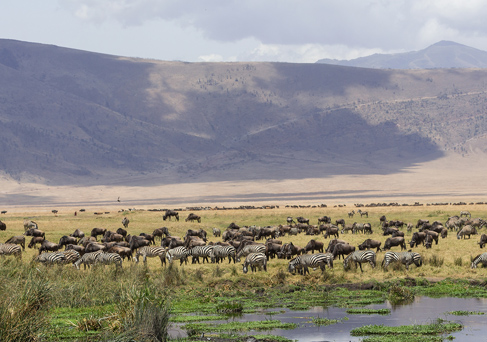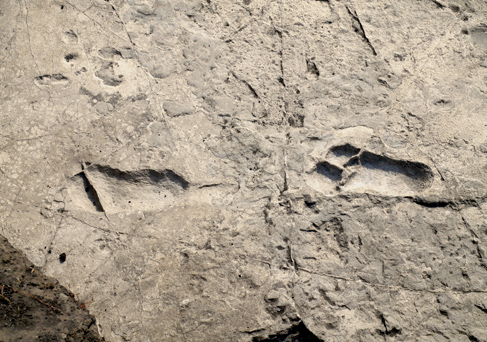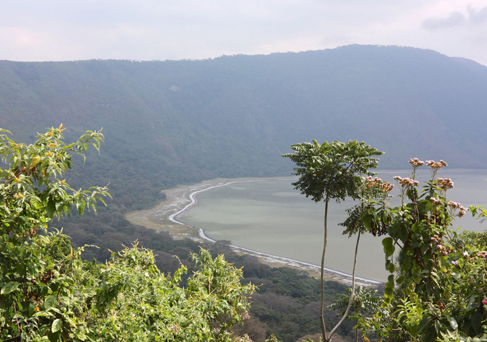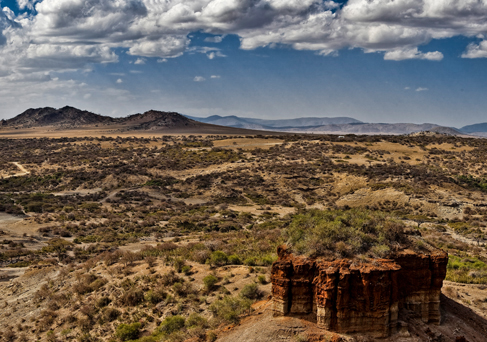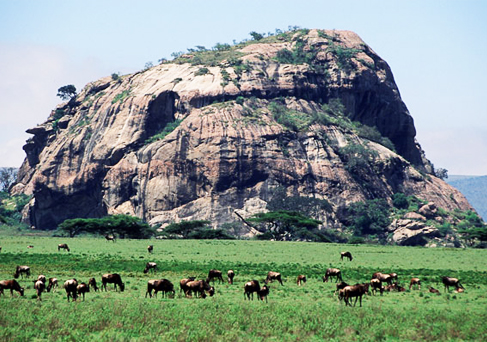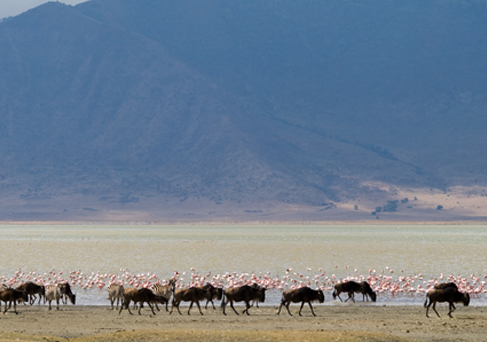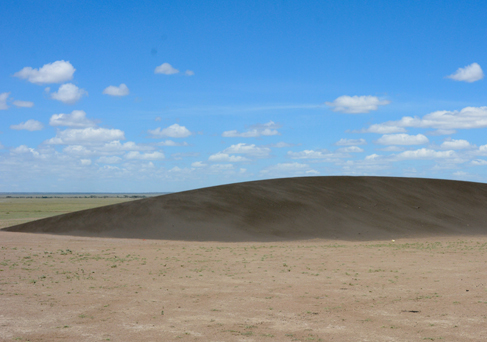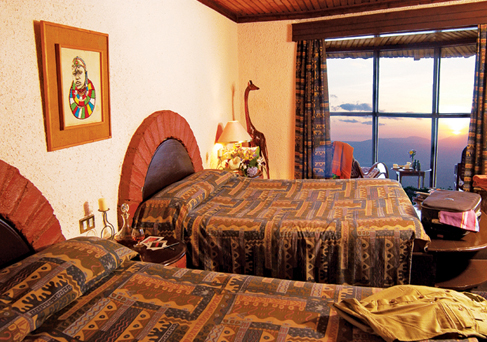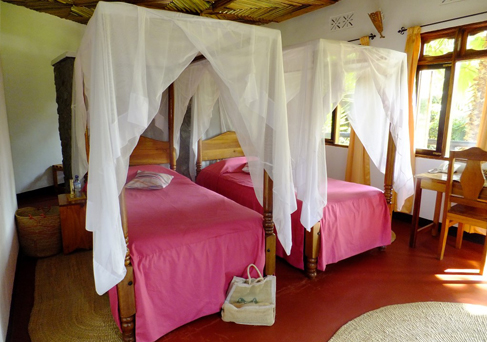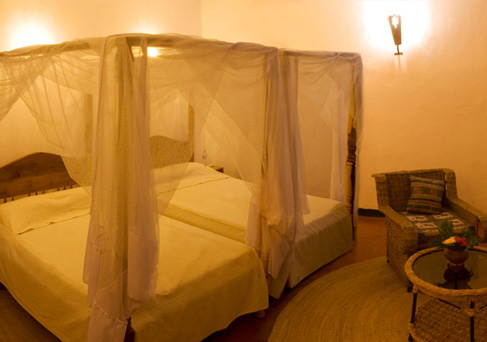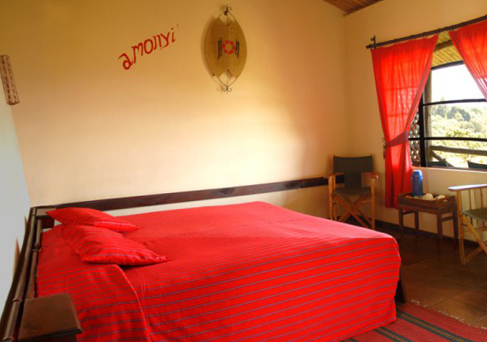The Ngorongoro Conservation Area is a protected area and a World Heritage Site located 180 km west of Arusha in the crater highlands area of Tanzania. The area is named after Ngorongoro Crater, a large volcanic caldera within the area. The conservation area is administered by the Ngorongoro Conservation Area Authority, an arm of the Tanzanian government. Its boundaries follow the boundary of the Ngorongoro Division of the Arusha Region.
According to a government brochure, the construction of luxury tourist hotels in the Conservation Area allows people to access the unparalleled beauty of one of the world’s most unchanged wildlife sanctuaries.
The main feature of the Ngorongoro Conservation Authority is the Ngorongoro Crater, the world’s largest inactive, intact and unfilled volcanic caldera. The crater, which formed when a large volcano exploded and collapsed on itself 2 – 3 million years ago, is 610 metres deep and its floor covers 260 square kilometres. Estimates of the height of the original volcano range from 4,500 to 5,800 metres high. The elevation of the crater floor is 1,800 metres above sea level. The Crater was voted by the Seven Natural Wonders as one of the 7 Natural Wonders of Africa in Arusha, Tanzania in February 2013. There is more to Ngorongoro than meets the eye.


